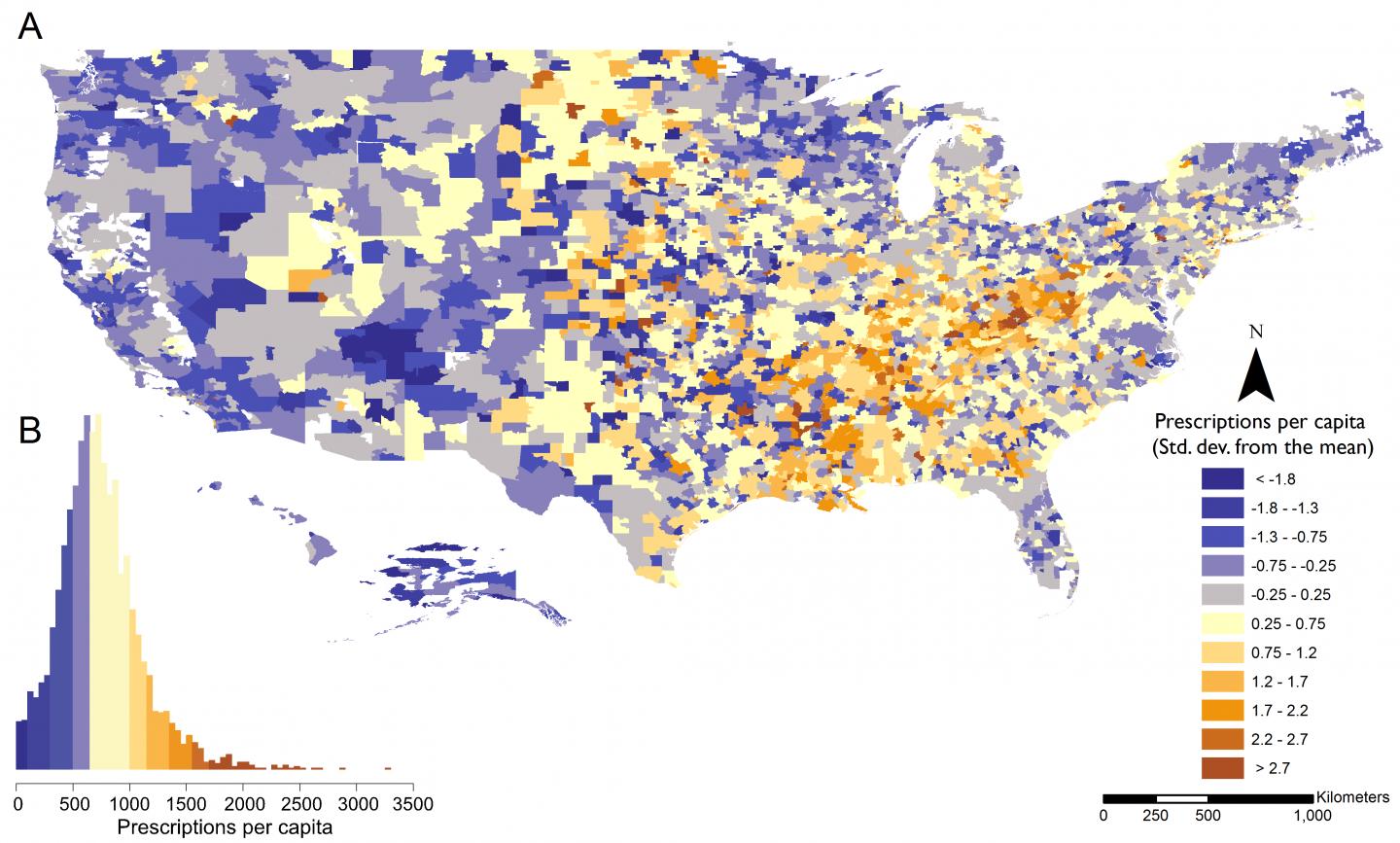Article
Retail Clinics Competing with Physician Offices Can Spur Antibiotic Prescribing
Author(s):
Antibiotic prescribing rates tend to rise when retail clinics and physician offices compete for patients in affluent areas with abundant access to health care professionals.
Antibiotic prescribing rates tend to rise when retail clinics and physician offices compete for patients in affluent areas with abundant access to health care professionals.
A new study published in the Journal of Antimicrobial Chemotherapy found that every increase of 1 standard deviation in the number of physician offices per person produces an increase of 25.9% in the number of prescriptions per person, especially in wealthier areas where clinics and providers both vie for patient satisfaction.
Lead study author Eili Klein, PhD, an assistant professor of emergency medicine in the Johns Hopkins University School of Medicine, told Pharmacy Times that the results of this study can encourage pharmacists to be agents of change.
One way pharmacists who work in emergency departments can help is that by working closely with physicians, pharmacists can potentially make more of a difference in pointing out the issues related to inappropriate prescribing, Dr. Klein said.
“The second main issue regards the fact that pharmacists likely know the doctors in an area that prescribe the most antibiotics, just by viewing the transactions,” Dr. Klein told Pharmacy Times.
The bigger question will be figuring out how to use this information to help design interventions that can reduce high rates of prescribing.
“Pharmacists may be a good conduit for assisting in these interventions, whether it is through feedback to physicians, collaboration on the use of delayed prescriptions (which have been shown to reduce rates of people actually filling prescriptions), or the promotion/sale of alternative products that can alleviate symptoms without the risks of antibiotics,” Dr. Klein told Pharmacy Times.
A map from Johns Hopkins displays fewer antibiotic prescriptions per capita on the West Coast and more prescriptions per capita in the southeastern portion of the United States.

Credit: Johns Hopkins Medicine
To determine that regional and socioeconomic variation in antibiotic prescribing, researchers gathered data from IMS Health on all outpatient antibiotic prescriptions filled in retail pharmacies in the United States in 2000 and 2010 and then sorted them into 3436 geographically distinct hospital service areas.
The investigators found that greater density of clinics and physician offices in wealthier areas correlates to an increased antibiotic prescribing rate, as it generates more competition among providers. However, clinics substitute for physician offices in areas with higher poverty rates, so prescribing rates are not affected by provider density in the same way.
The researchers said their results could lead to a better understanding of what contributes to antibiotic overuse and how it can be curbed.
While there are differences in prescribing rates across the nation, A CVS MinuteClinic spokesperson told Pharmacy Times that the retail clinics’ guidelines for antibiotic prescribing are standardized and consistent across the nation.
Newsletter
Stay informed on drug updates, treatment guidelines, and pharmacy practice trends—subscribe to Pharmacy Times for weekly clinical insights.





